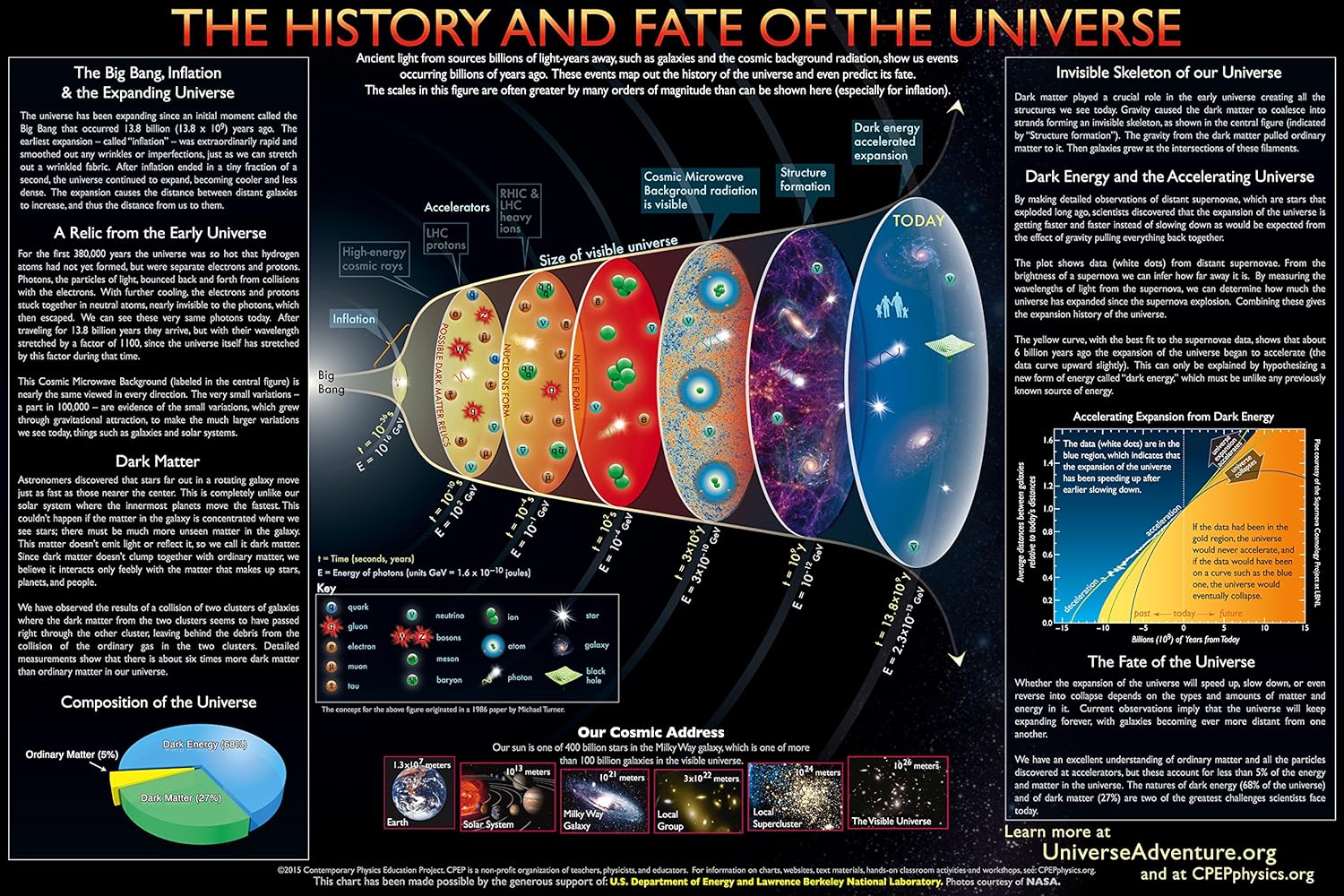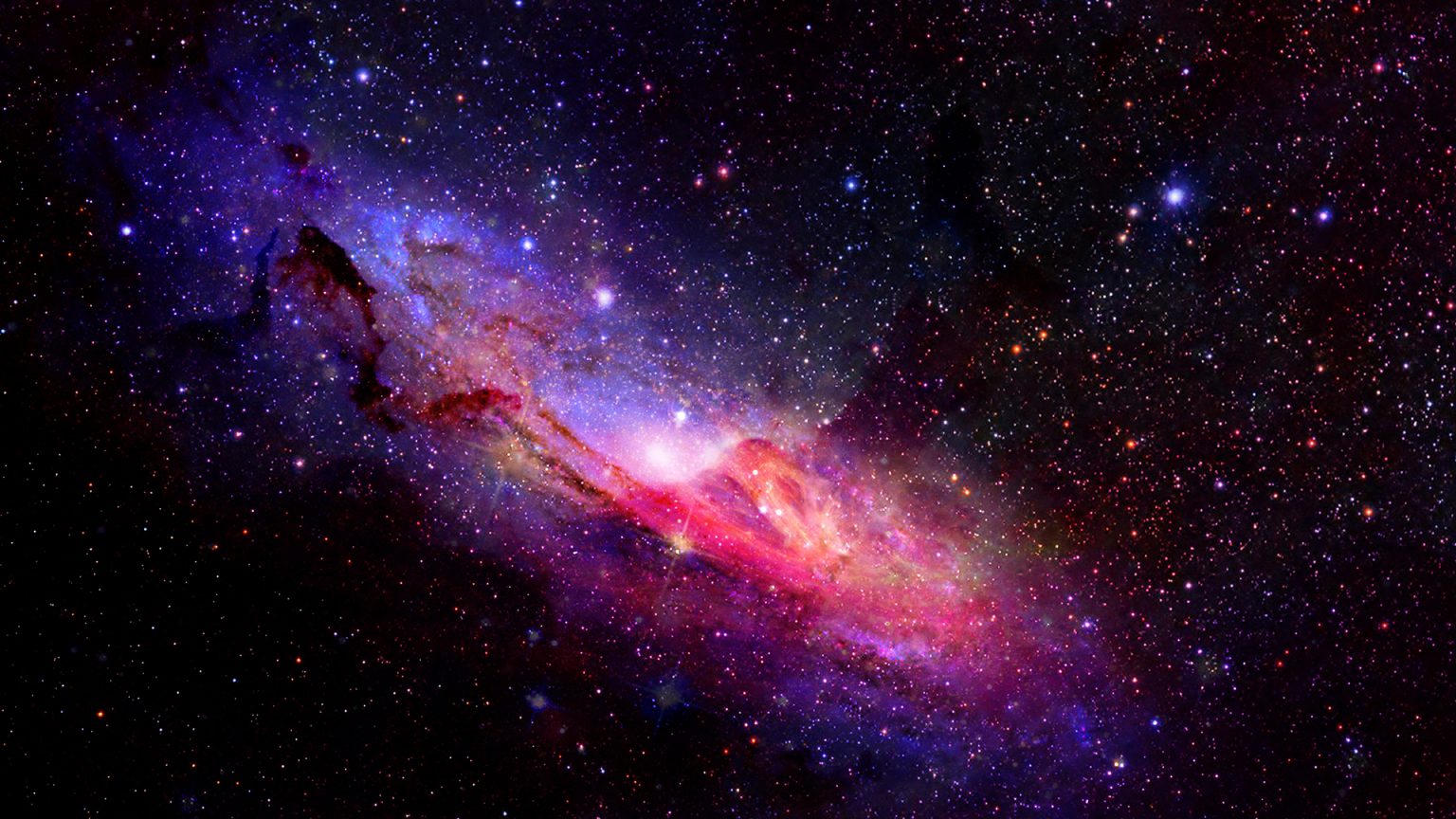What is the structure of the universe and how did it form?
The structure of the universe refers to the arrangement and organization of its components, such as galaxies, stars, planets, and other cosmic structures. The current understanding of the universe’s structure is based on a concept known as the “Cosmic Web.”
The Cosmic Web hypothesis proposes that the universe is made up of a vast network of interconnected filaments, forming a web-like structure. These filaments consist of dark matter and are thought to have formed through the gravitational collapse of small density fluctuations in the early universe. Over time, ordinary matter gravitated towards these dark matter filaments, leading to the formation of galaxies, galaxy clusters, and superclusters.
The formation of the universe itself is explained by the widely accepted theory known as the Big Bang. According to this theory, the universe began as a hot, dense, and extremely tiny singularity approximately 13.8 billion years ago. It then rapidly expanded and cooled, leading to the formation of matter and energy.
During the first few minutes after the Big Bang, elementary particles such as protons and neutrons formed. As the universe continued to expand and cool, these particles combined to form atomic nuclei. Over time, as the universe cooled further and expanded, these atomic nuclei captured electrons to form neutral atoms. This allowed light to travel freely through space, a process known as recombination.
Following this, the universe entered a period known as the “Dark Ages,” where it was filled with neutral gas and devoid of light. However, as gravity pulled matter together, regions of higher density formed, eventually giving rise to the first stars and galaxies. Through ongoing gravitational interactions and mergers, large-scale structures in the form of clusters, superclusters, and cosmic filaments formed.
It’s important to note that our understanding of the universe’s structure and its formation is continually evolving as new observations are made and more data is collected. Scientists use observations from satellites, telescopes, and other instruments to study the universe and refine our understanding of its structure and origins.





